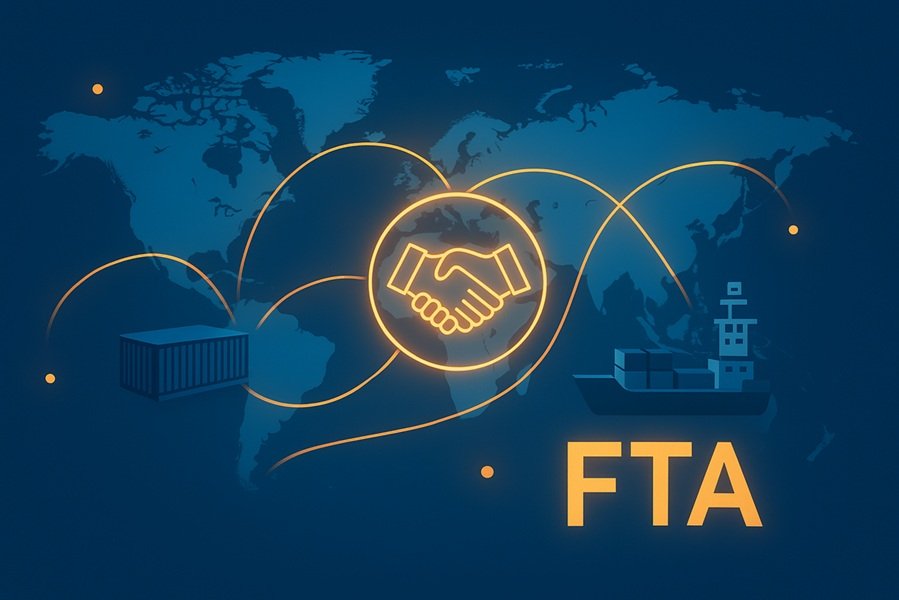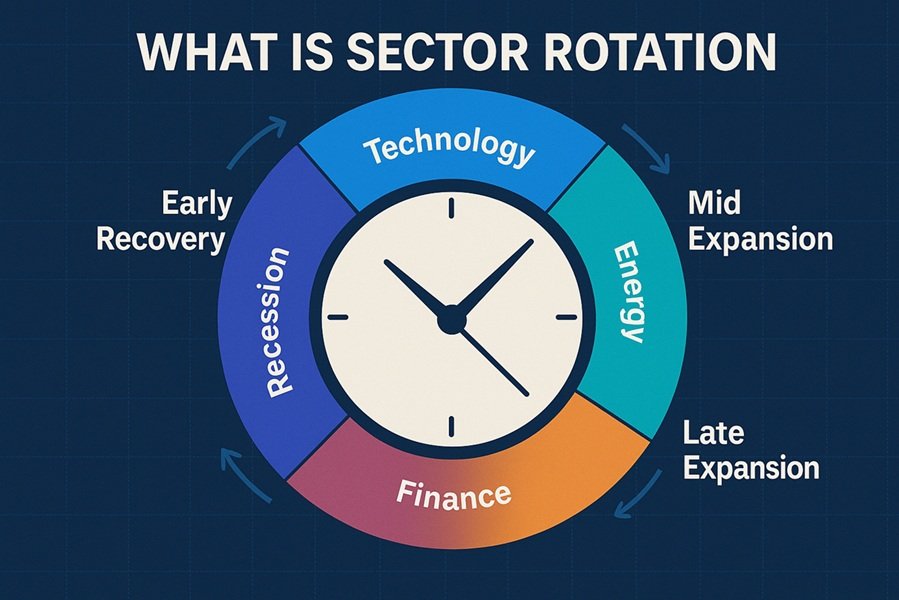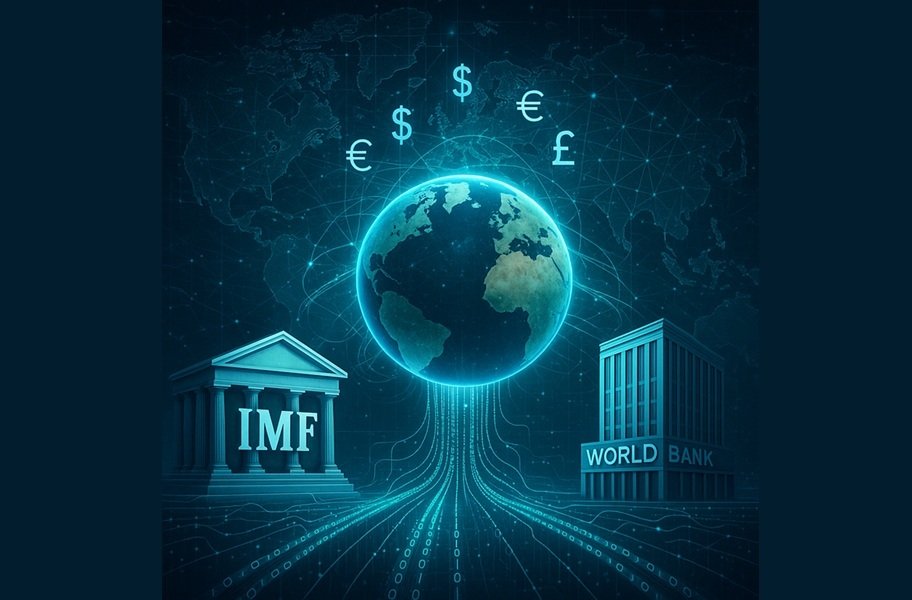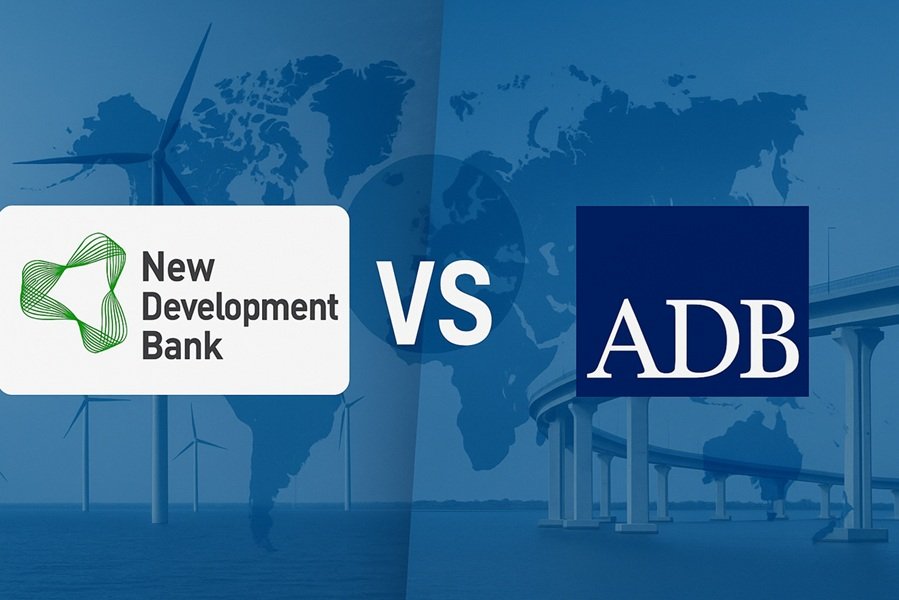
As Cinco de Mayo 2025 approaches, millions around the world are preparing to observe and celebrate a day that blends history, cultural pride, and community spirit. Although often misunderstood, Cinco de Mayo remains an important date, especially in the United States, where it has grown into a vibrant celebration of Mexican-American identity and heritage. In 2025, as cultural awareness continues to expand, Cinco de Mayo serves not just as a festive occasion, but also as an opportunity for education, reflection, and connection.
Understanding the Origins: Not Mexico’s Independence Day
A common misconception is that Cinco de Mayo marks Mexico’s Independence Day. In reality, Mexico’s independence from Spain is celebrated on September 16, not May 5. Cinco de Mayo commemorates the Battle of Puebla, which occurred on May 5, 1862.
The Historical Battle
At the time, Mexico was in financial ruin and had suspended payment on foreign debts. France, under Emperor Napoleon III, sought to exploit this vulnerability by invading Mexico with the intent of establishing a French-controlled monarchy. On May 5, 1862, at the town of Puebla de Los Angeles, a poorly equipped Mexican army of about 2,000 men led by General Ignacio Zaragoza faced off against a much larger and better-armed French force of over 6,000.
Against overwhelming odds, Zaragoza’s forces achieved a stunning victory. Although it did not end the French invasion—which continued for several more years—the triumph at Puebla became a symbol of Mexican resistance, unity, and patriotism.
Cinco de Mayo in 2025: A Modern-Day Perspective
In Mexico
In Mexico, Cinco de Mayo is primarily celebrated in the state of Puebla, where the battle took place. There, commemorations include:
- Military parades
- Historical reenactments
- Educational events about the battle’s significance Outside Puebla, the day is not widely observed as a national holiday, and most people go about their daily routines.
In the United States
In the United States, Cinco de Mayo has taken on a much broader cultural role. It began gaining popularity in the 1960s, driven by the Chicano Movement, which sought to embrace and promote Mexican-American culture and history. Over time, it evolved into a major celebration of Latino identity, heritage, and contributions to American society.
In 2025, celebrations are expected to be more expansive and inclusive than ever, featuring:
- Cultural festivals in cities like Los Angeles, San Antonio, Chicago, and Denver
- Parades and street fairs
- Traditional music and dance performances such as mariachi bands and folklórico dancers
- Educational exhibits about Mexican history and immigrant contributions
- Gastronomic events showcasing Mexican cuisine
- Community service projects that celebrate unity and cultural pride
Themes and Trends in 2025
A Focus on Authenticity
In recent years, there has been a conscious push against the commercialization of Cinco de Mayo. Many organizers in 2025 are emphasizing authentic representation over stereotypes, aiming to move beyond sombreros and margaritas to focus on the true history and culture of the day.
Education and Awareness
Educational institutions are incorporating Cinco de Mayo into curricula to explore topics such as:
- Mexican history and resistance
- Latino contributions to U.S. society
- The immigrant experience These programs foster cross-cultural understanding and highlight the holiday’s historical roots.
Cross-Border Celebrations
With increasing cultural exchange, cities near the U.S.–Mexico border, such as El Paso and Tijuana, are hosting binational events, including festivals, art exhibitions, and youth conferences that emphasize shared heritage.
Digital Celebrations
Given ongoing shifts in how people engage with culture, many are celebrating online as well:
- Live-streamed concerts and dance performances
- Virtual museum tours of Mexican history
- Social media campaigns promoting historical education and cultural pride
The Commercial Side: A Double-Edged Sword
While Cinco de Mayo has become a major commercial event—particularly for the alcohol, food, and retail industries—this commercialization has drawn criticism for cultural appropriation and misrepresentation. Businesses in 2025 are under increased pressure to respectfully market Cinco de Mayo, with many partnering with Latino-owned brands and community organizations to support inclusive and accurate representations.
Cinco de Mayo and Mexican-American Identity
For many Mexican-Americans, Cinco de Mayo is more than a party—it is a day of pride and affirmation. It offers an opportunity to reflect on the resilience of their ancestors and the contributions of Latino communities to the broader fabric of American life.
In 2025, the holiday continues to evolve as a platform for activism, identity, and cultural education, especially at a time when immigration, diversity, and social justice remain central themes in national discourse.
How to Celebrate Respectfully in 2025
If you’re planning to participate in Cinco de Mayo celebrations this year, here are a few ways to do so thoughtfully:
- Learn the history of the Battle of Puebla
- Support Latino-owned businesses
- Attend cultural events in your area
- Avoid offensive stereotypes and caricatures
- Share educational content on social media
- Teach children about the real meaning behind the holiday
Conclusion
Cinco de Mayo 2025 stands as a dynamic intersection of history, culture, and contemporary relevance. While rooted in a specific military victory over 160 years ago, the date has grown to represent much more—a celebration of Mexican heritage, a call for cultural recognition, and a reflection on the shared values of courage, resilience, and identity.
As we gather this May 5th, whether at a community festival, a classroom, or a family gathering, let us do so with awareness, respect, and joy—honoring the past while embracing the present.






